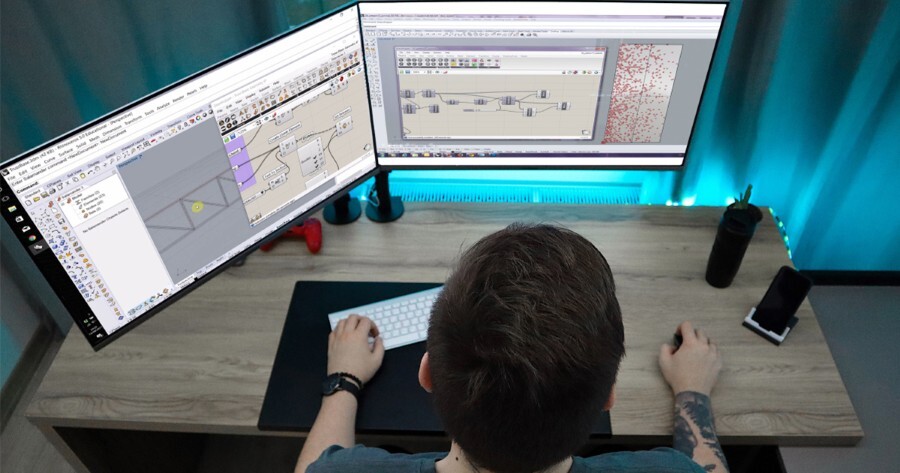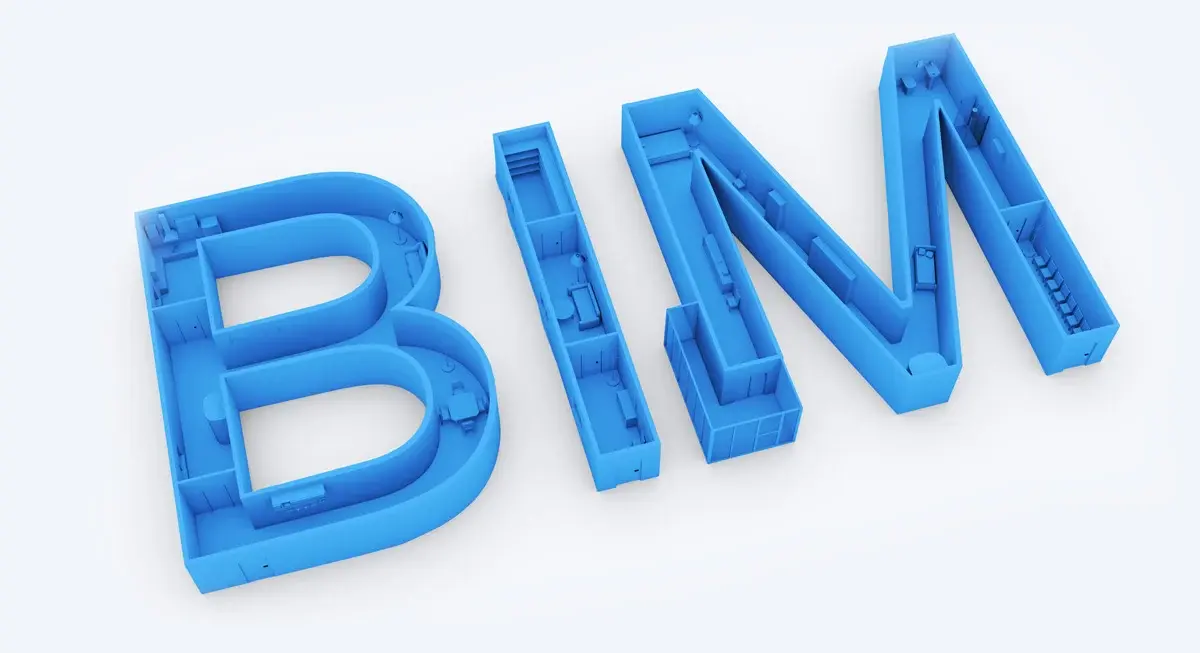
Architectural innovation is shifting rapidly toward data-driven creativity. According to the U.S. Department of Energy, buildings account for nearly 40% of total energy consumption in the United States. As sustainable design becomes a necessity, architects are turning to computation and automation to optimize performance and reduce waste. This is where, what is generative design architecture truly takes shape, an approach that uses algorithms to generate, test, and evolve design solutions faster than ever.
By blending creativity with computation, generative design architecture examples demonstrate how digital processes empower architects to achieve efficient, sustainable, and visually refined designs.
What is Generative Design in Architecture?
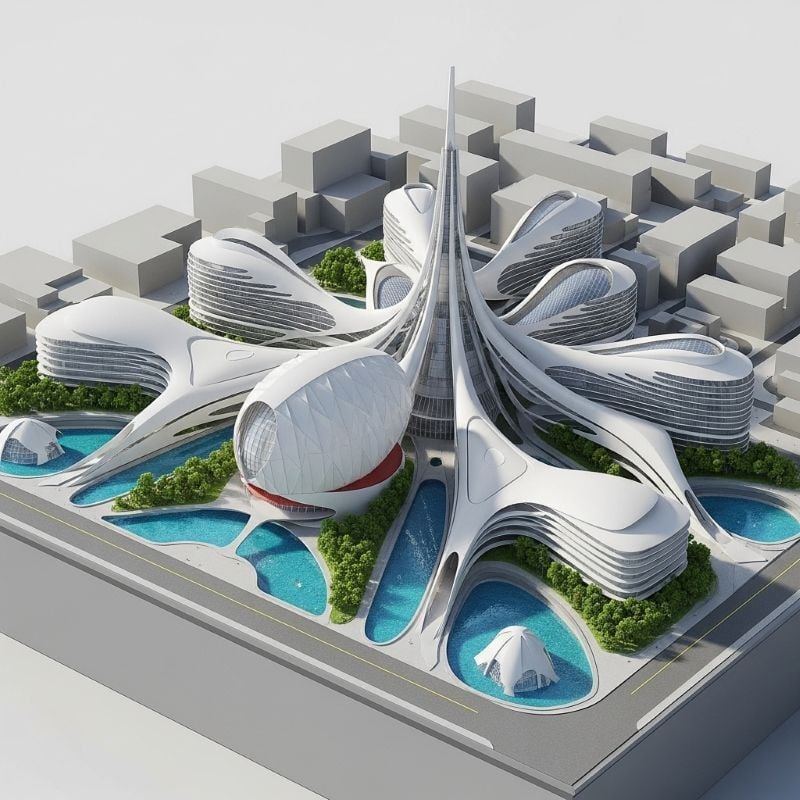
Generative design is an iterative process where architects set design goals such as material use, structure, lighting, or energy efficiency, and algorithms generate multiple solutions that meet those parameters. It blends human creativity with machine intelligence to arrive at optimal results.
In simple terms, what is generative design architecture entails using algorithms to explore design possibilities beyond human capacity. It differs from traditional design because the architect becomes a collaborator with computation, defining constraints, not just outcomes.
This process often relies on generative design architecture software such as Rhino, Grasshopper, or Autodesk Generative Design to simulate, analyze, and refine ideas. By applying generative design form finding techniques in architecture, professionals can discover patterns that lead to more adaptive and creative buildings.
Why Generative Design Matters Today?
Generative design is reshaping architecture for several reasons. Beyond aesthetics, it helps solve real-world challenges in sustainability, performance, and cost-efficiency.
Here’s why this approach has become important:
- Sustainability Optimization: Generative design reduces material waste and energy use by simulating thousands of configurations before construction begins.
- Data-Driven Decisions: AI-based simulations help architects make informed choices backed by measurable data.
- Creative Exploration: The use of generative design ai architecture opens endless design possibilities that were previously impractical to test manually.
- Integration with BIM and AI: Tools like autodesk generative design architecture connect directly to Revit, enabling seamless workflow from concept to documentation.
As cities grow denser and climate demands intensify, generative ai for software architecture and design offers architects new ways to design responsibly, balancing human intuition with computational power.
Top 20 Generative Design Examples in Architecture
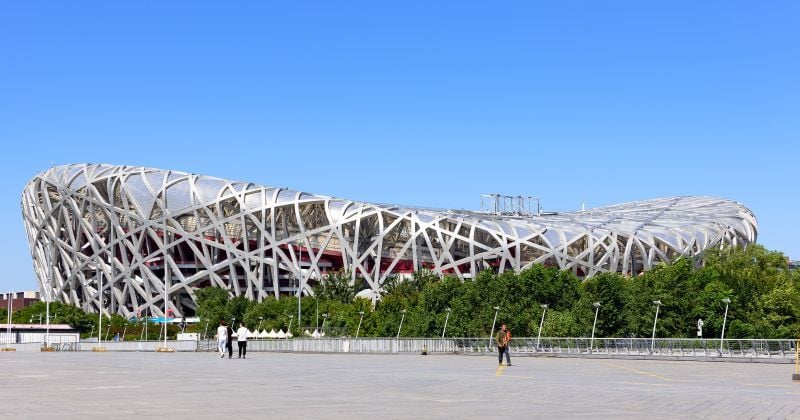
These generative design architecture examples demonstrate how computation transforms ideas into reality.
1. The Edge, Amsterdam
Designed by PLP Architecture, The Edge used generative systems to create one of the world’s most energy-efficient office buildings, optimizing daylight and interior layouts.
2. Moriyama House, Tokyo
SANAA’s project uses computational design to arrange multiple small units based on light and privacy parameters, resulting in a modular, adaptive living environment.
3. Al Bahar Towers, Abu Dhabi
Aedas Architects employed generative patterns to design a kinetic façade that opens and closes in response to sunlight, improving shading and energy performance.
4. Beijing National Stadium (Bird’s Nest)
Herzog & de Meuron applied generative design form finding techniques in architecture to optimize structural patterns inspired by nature while maintaining visual harmony.
5. Heydar Aliyev Center, Baku
Zaha Hadid Architects used parametric algorithms to create its fluid geometry, enhancing structural stability and material efficiency.
6. King Abdullah Petroleum Studies and Research Center, Riyadh
This Foster + Partners design used generative design AI architecture to shape its hexagonal plan for energy efficiency and natural daylighting.
7. Chhatrapati Shivaji International Airport, Mumbai
Generative geometry guided the SOM’s column and roof structure, reducing materials while improving airflow and lighting.
8. Harbin Opera House, China
MAD Architects used algorithmic modeling to mimic the flow of snow and wind, creating a sculptural form deeply connected to its northern landscape.
9. The Hive, Kew Gardens, London
Wolfgang Buttress designed this interactive installation using data-driven design principles to translate real-time bee vibrations into light and sound patterns.
10. Vancouver Convention Centre, Canada
Generative modeling optimized daylight control and facade design, balancing sustainability with aesthetics through Autodesk Generative Design architecture tools.
11. Chicago Riverwalk, USA
The project used environmental simulation and algorithmic modeling to balance public access, ecology, and structural integrity.
12. Jewel Changi Airport, Singapore
Safdie Architects used generative modeling to coordinate the steel and glass dome structure, ensuring structural precision and daylight optimization.
13. Museum of the Future, Dubai
Killa Design employed computational design tools to craft its torus-shaped structure, with generative logic guiding facade perforations that spell Arabic poetry.
14. Esplanade – Theatres on the Bay, Singapore
The façade geometry, inspired by the durian fruit, was refined using generative design form finding techniques in architecture to control solar gain and optimize aesthetics.
15. Bloom Pavilion, Los Angeles
Produced by UCLA’s IDEAS Lab, this pavilion uses algorithmic workflows to explore material efficiency and fabrication techniques.
16. The Gherkin, London
Foster + Partners’ generative approach optimized the building’s aerodynamic form, improving natural ventilation and reducing wind loads.
17. Khan Shatyr Entertainment Center, Kazakhstan
Norman Foster used computational modeling to simulate environmental performance for the world’s largest tensile structure.
18. Louvre Abu Dhabi, UAE
Ateliers Jean Nouvel utilized generative design architecture software to craft the intricate dome pattern that filters sunlight to create a “rain of light” effect.
19. V&A Dundee, Scotland
Kengo Kuma’s team used algorithmic workflows to define the curving façade geometry inspired by Scottish cliffs, ensuring buildability and precision.
20. Zaryadye Park, Moscow
Diller Scofidio + Renfro used parametric systems to merge landscape and architecture, generating terrain variations that respond to human movement and climate.
Essential Tools Behind These Iconic Designs
Here are the core platforms shaping today’s computational workflows.
1. Grasshopper
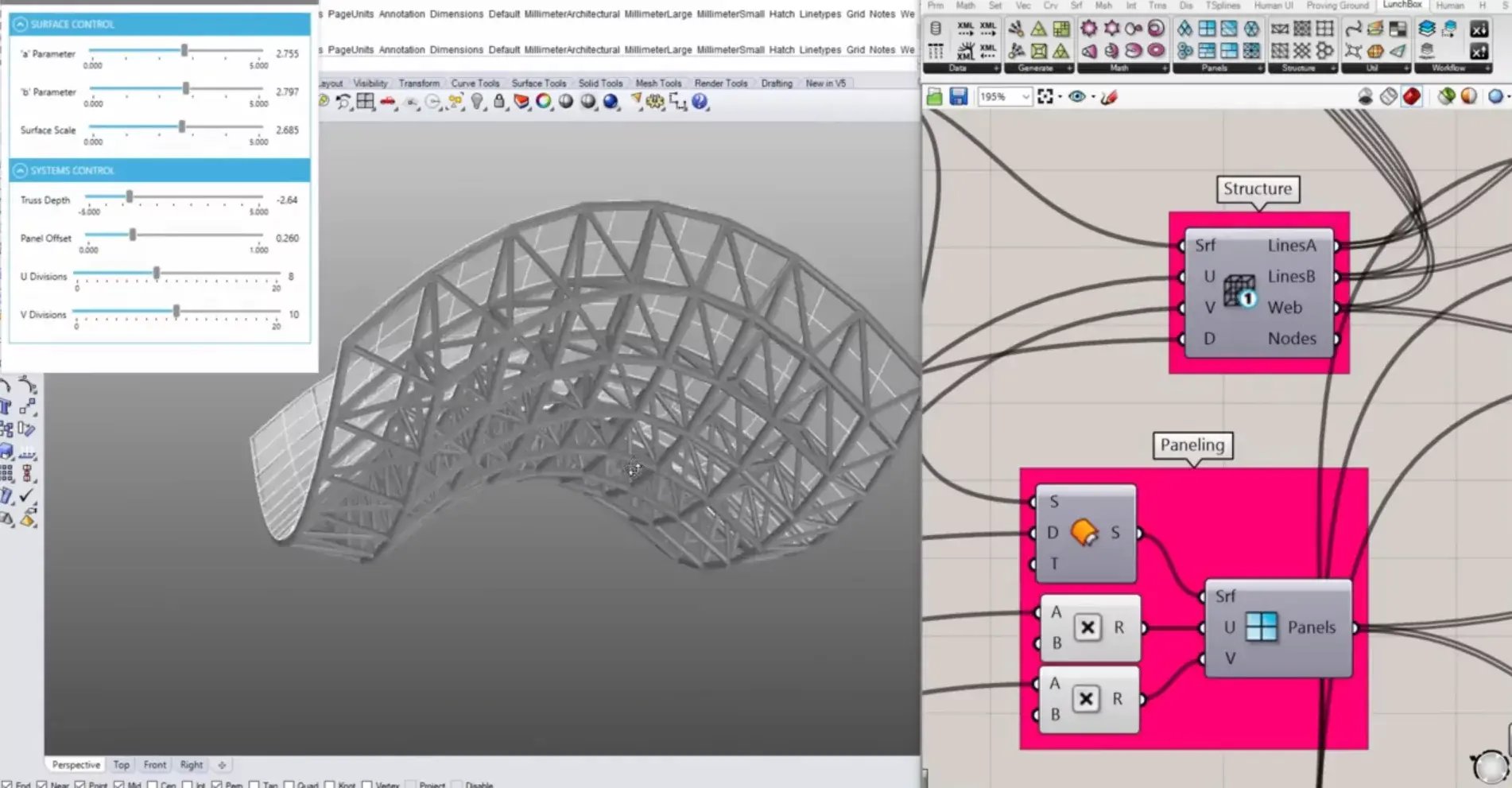
A visual programming tool for Rhino, Grasshopper lets architects automate design tasks, test geometries, and create responsive systems.
2. Dynamo

Used with Revit, Dynamo allows architects to script geometry and automate documentation tasks, making it vital for Autodesk generative design architecture workflows.
3. Rhino
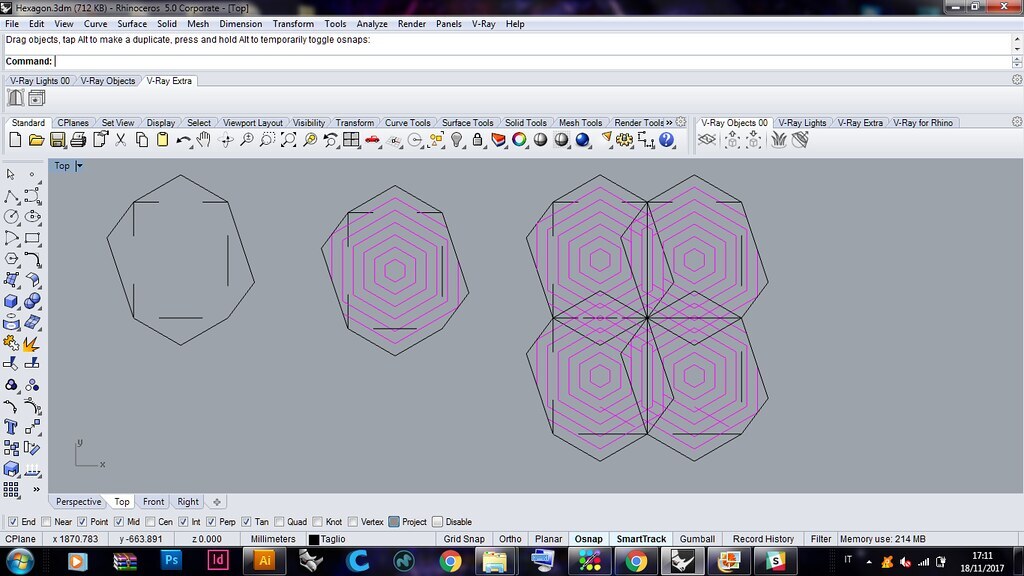
Known for precision modeling, Rhino is central to generative design architecture software, allowing smooth integration with plugins like LunchBox and Galapagos.
4. Revit

When combined with Dynamo, Revit becomes a powerful BIM environment where generative ai for software architecture and design principles meet real-world documentation.
5. Autodesk Generative Design
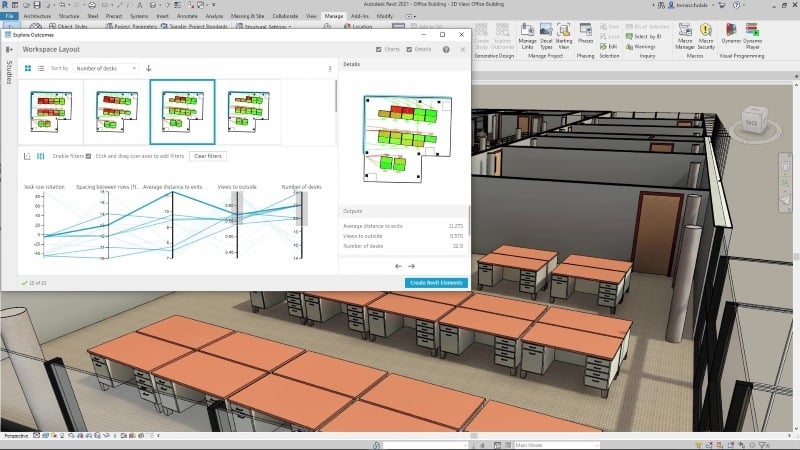
This AI-driven engine explores thousands of design options automatically, evaluating structural and spatial performance.
Learn Generative Design with Novatr
To truly master the workflows behind these innovations, professionals need a structured, hands-on generative design architecture course. Transform how you design and think with Novatr’s Master in Computational Design, a hands-on program built to help architects and designers future-proof their careers. Through expert-led training, you’ll learn how to combine creativity with technology to solve complex design challenges.
Here’s what you’ll learn:
- 5 powerful industry tools – Grasshopper, Rhino 3D, Flux.ai, ComfyUI, and D5 Render.
- Master popular plugins like Paneling Tools, DeCoding Spaces, Anemone, Galapagos, Wallacei, LunchBox, Open Nest, and Horster Animation to create smarter, faster workflows.
- Understand how to build parametric and generative design workflows used by top global firms.
- Learn how to automate repetitive tasks, explore AI-driven creativity, and produce high-quality renders.
- Develop a professional computational design portfolio showcasing project-based learning.
- Earn dual certification from Novatr and NSDC (National Skill Development Corporation) and step confidently into future-ready design.
Disclaimer: Course details, including curriculum, duration, fees, and related information, are for informational purposes only and may change at the company’s discretion without prior notice. Please visit the official course page or contact our admissions team for the latest updates.
Conclusion
Generative design is reshaping the architectural landscape, bridging artistic vision with analytical intelligence. From facades that respond to sunlight to cities optimized for sustainability, generative design architecture examples illustrate a shift toward performance-driven creativity.
As tools evolve, architects who master both design logic and computation through a structured generative design architecture course will define the future of the built environment. Explore the Master Computational Design course by Novatr to build stronger skills in computational and generative workflows.
Visit our resource page for more guides, and learn how technology continues to transform modern architecture.
Frequently Asked Questions:
1. How is generative design different from traditional architectural design?
Traditional design relies on intuition; generative design uses algorithms to propose multiple optimized solutions.
2. How does AI or computational design enhance generative architecture?
AI speeds up analysis, allowing architects to evaluate material efficiency, lighting, and structure in real time.
3. Which architects or firms use generative design in their projects?
Zaha Hadid Architects, Foster + Partners, and BIG are among the leading adopters.
4. Can generative design help optimize building performance?
Yes, by simulating energy, airflow, and structure, generative tools enhance efficiency and sustainability.
5. Is generative design suitable for urban, interior, and structural projects?
Yes, its adaptability allows application across scales, from furniture to city planning.
Was this content helpful to you



.jpg)
